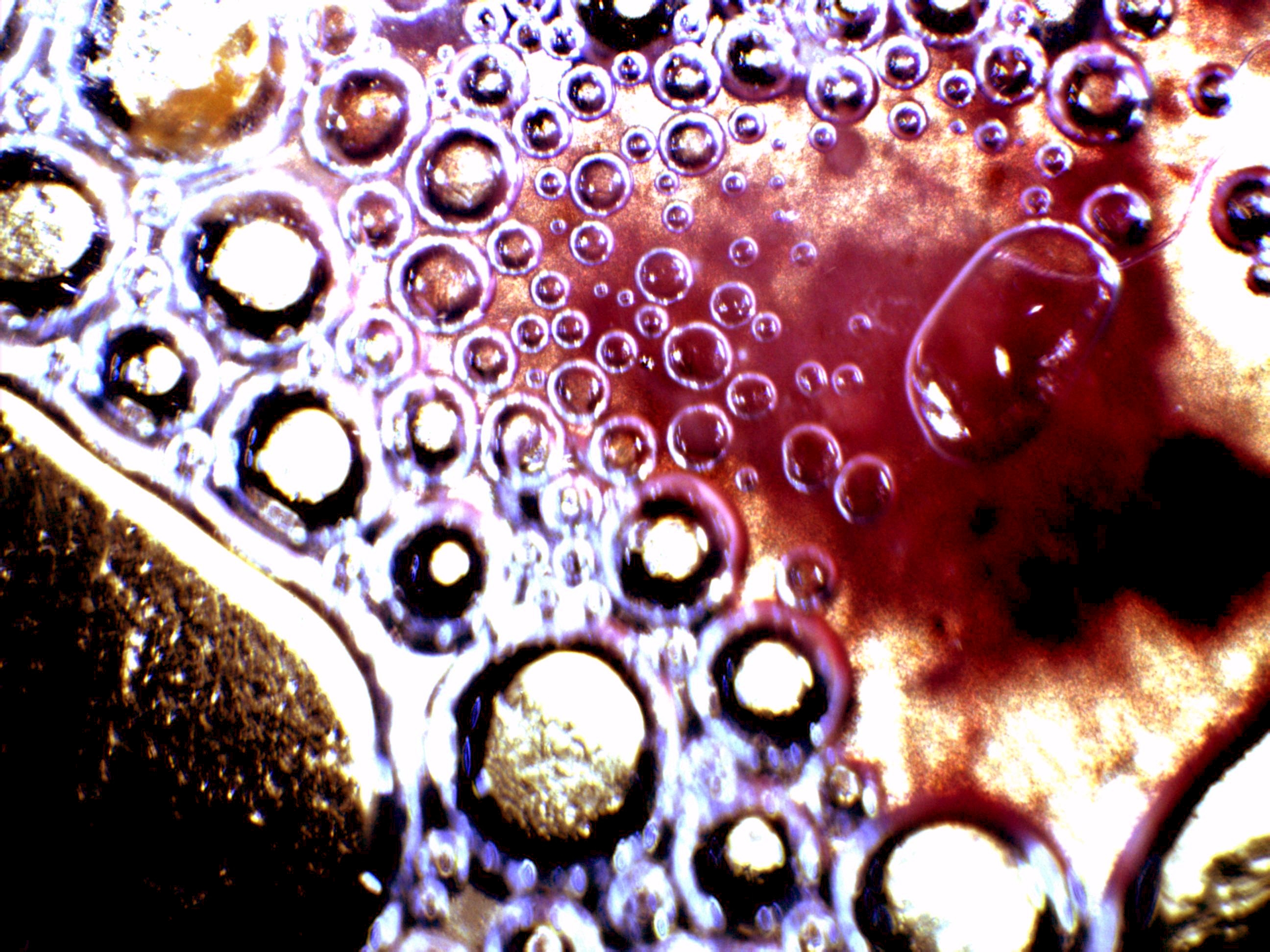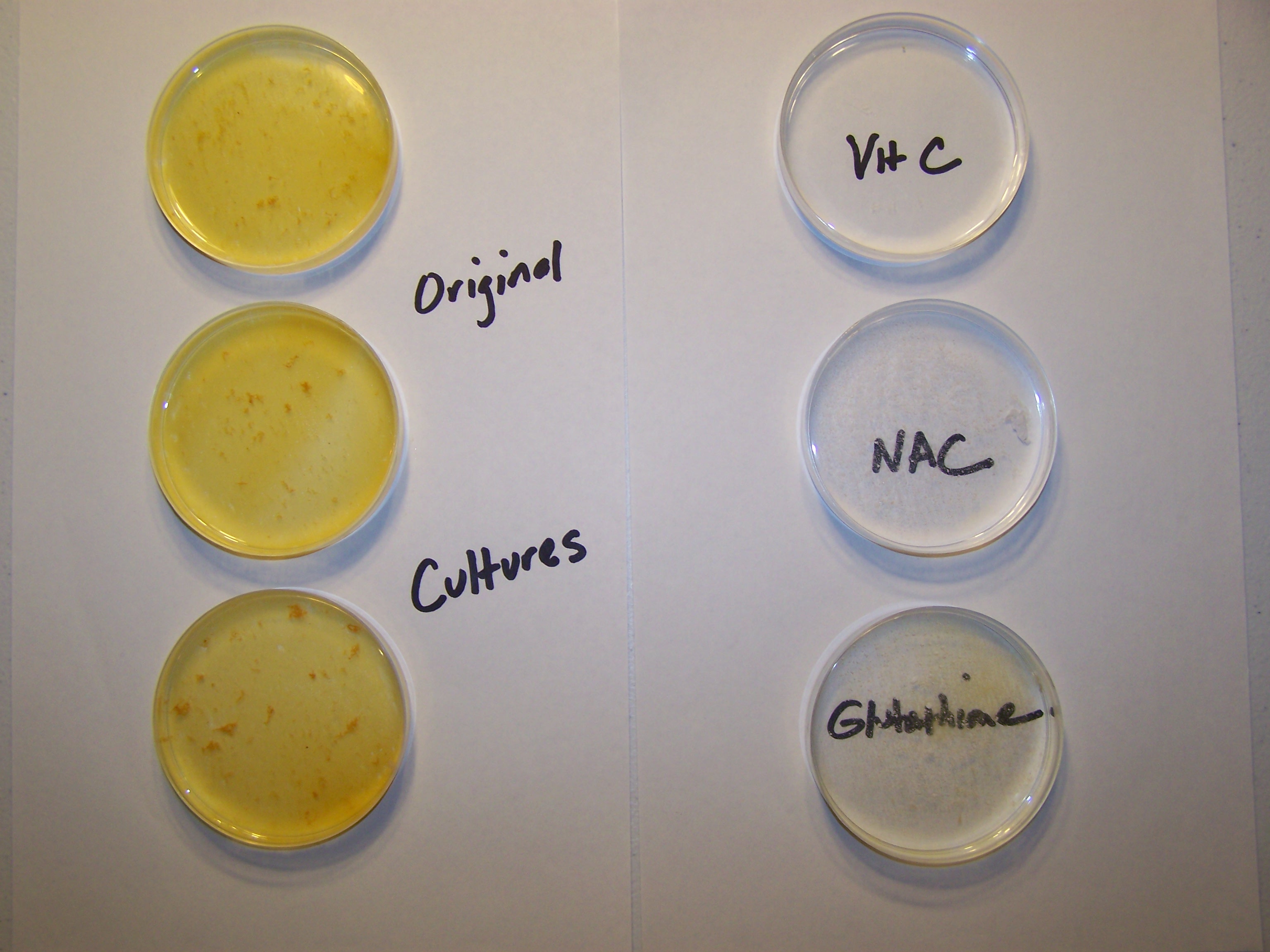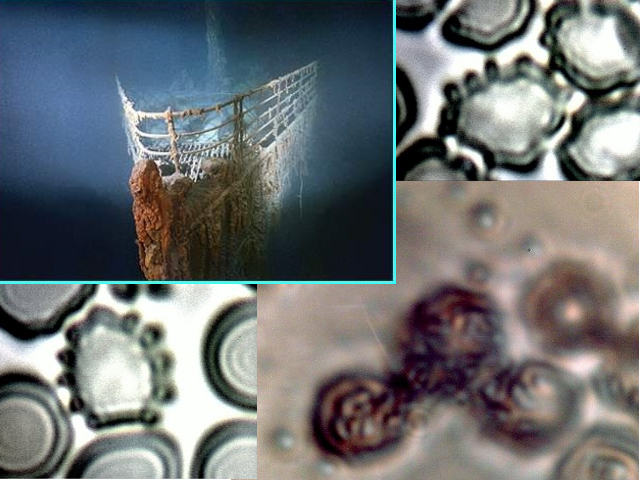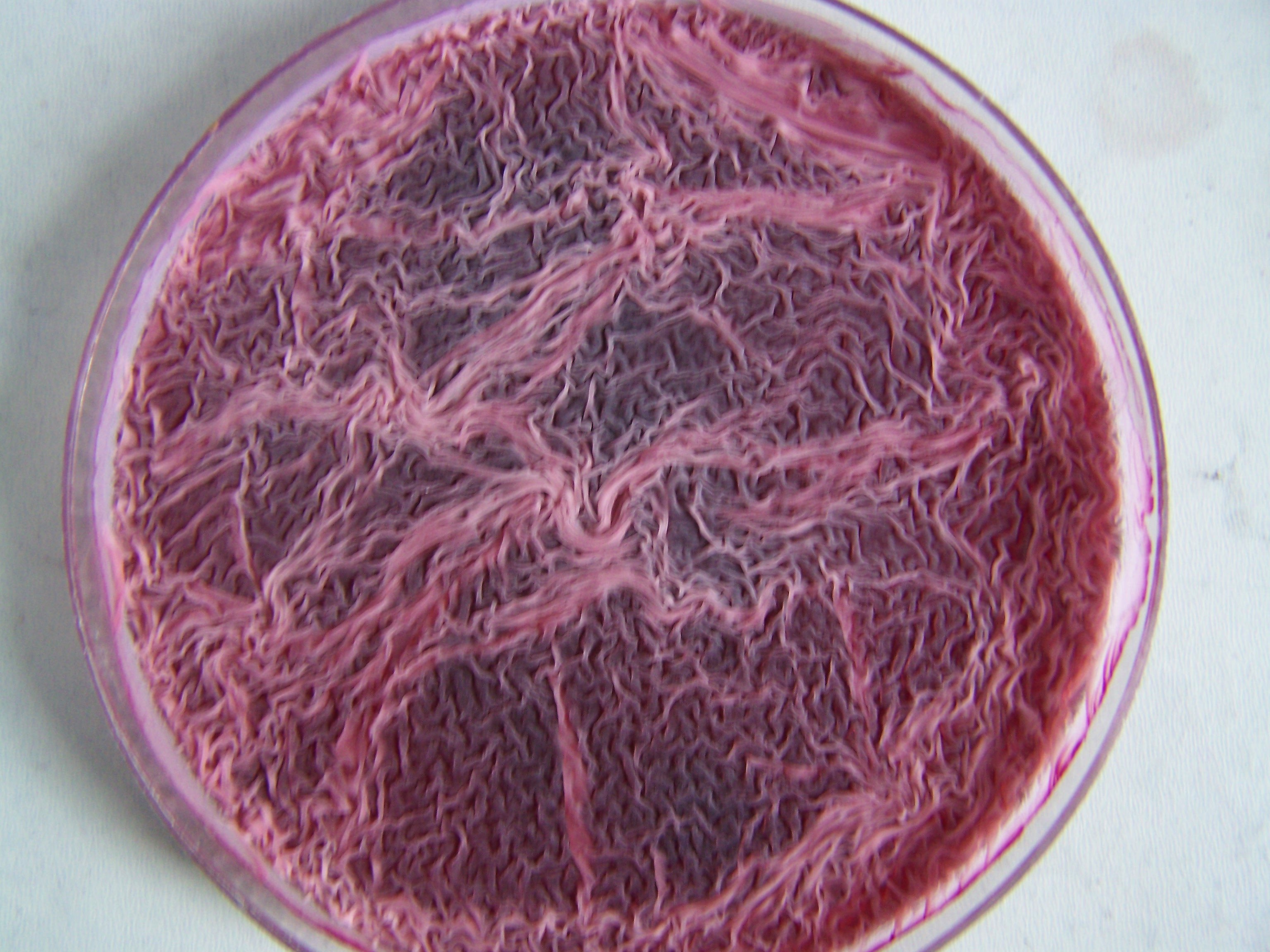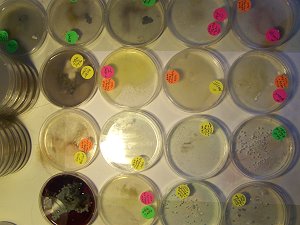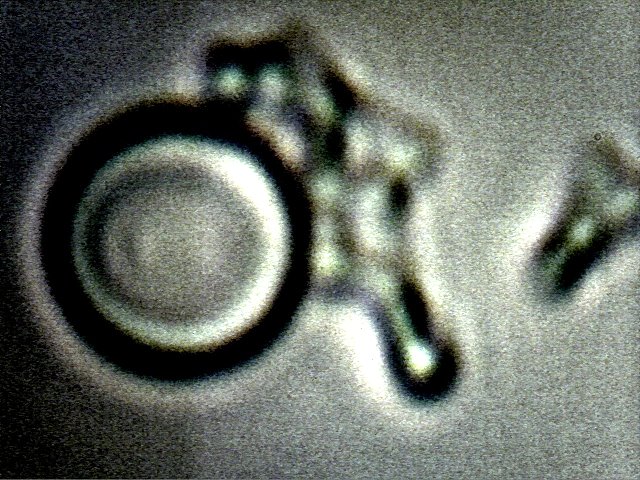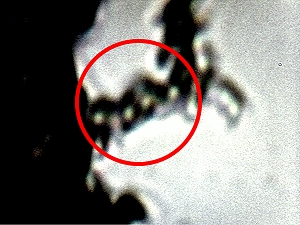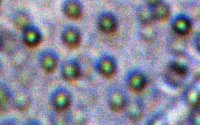
Cross-Domain Bacteria Isolation
A sufficient time period has elapsed to allow for the identification, classification and designation of a novel and ubiquitous life-form that is known to exist in association with the so-called "Morgellons" condition. This call has thus far gone unheeded within the scientific community and more rapid progress is required. It has been stated, by discovery (ref. The New Biology Jan 2014), that this informal nomenclature is no longer sufficient to characterize the situation; that of an extensive, repeating and culturable life form with known properties and characteristics.

